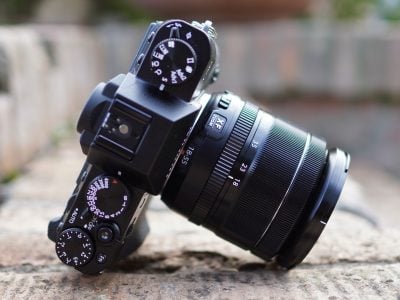Fujifilm XT30 review
-
-
Written by Gordon Laing
In depth
The Fujifilm X-T30 is a mid-range mirrorless camera, aimed at enthusiasts who want the quality and flexibility of the X-system, but in a smaller, lighter and more affordable package than the flagship X-T3. Announced in February 2019, it replaces the X-T20 from almost two years earlier, and like its predecessors, it shares a some key specifications with its more sophisticated sibling.
Most importantly, the X-T30 inherits the 26 Megapixel / APSC / X-Trans IV sensor and image processor which made its debut on the X-T3 – indeed the X-T30 leapfrogs the X-Pro line to become the second body to feature Fujifilm’s latest sensor. It also means the X-T30 not only inherits a broader phase-detect autofocus system with 100% coverage across the sensor, but also the latest collection of Film Simulations including Eterna (for pleasing video) and the neat Monochrome adjustment which can warm or cool black and white images. And while the top mechanical burst speed of 8fps is slower than the 11fps of the X-T3, the X-T30 inherits the faster electronic shutter bursts up to 20fps with the full frame, or 30fps with a 1.25x crop with or without pre-burst capture. So far, so similar to the X-T3, but the X-T30 does miss out on that model’s 4k 60p video, instead supporting 4k up to 30p for 10 minute clips, or 1080p up to 60p for 15 minute clips. High-speed 1080 is also available up to 120p.
The body is virtually identical to the X-T20 before it, sharing the same battery (good for 380 frames and USB chargeable), the same 2.36 Million dot OLED viewfinder with 0.62x magnification, a popup flash, single card slot (still UHS-I only), and the same 2.5mm jack which can double as a microphone input (albeit with an awkward adapter for most microphones). In a new move though, the rear buttons have been almost entirely replaced by an AF joystick, a classy inclusion at this price-point and one that provides alternative navigation to the tilting touchscreen. Finally, the X-T30 updates its USB port to Type-C (with headphone compatibility), adds Bluetooth to its wireless options, and thankfully Fujifilm’s figured-out how to geo-tag seamlessly via the phone app. In my in-depth video below, I’ll show you everything you need to know about the X-T30 and how it compares to its predecessor, the X-T20, its biggest rival, the Sony A6400, and what you get if you spend 500 more on the flagship X-T3! Note the X-T30 has been replaced by the mildly-updated Mark II version.
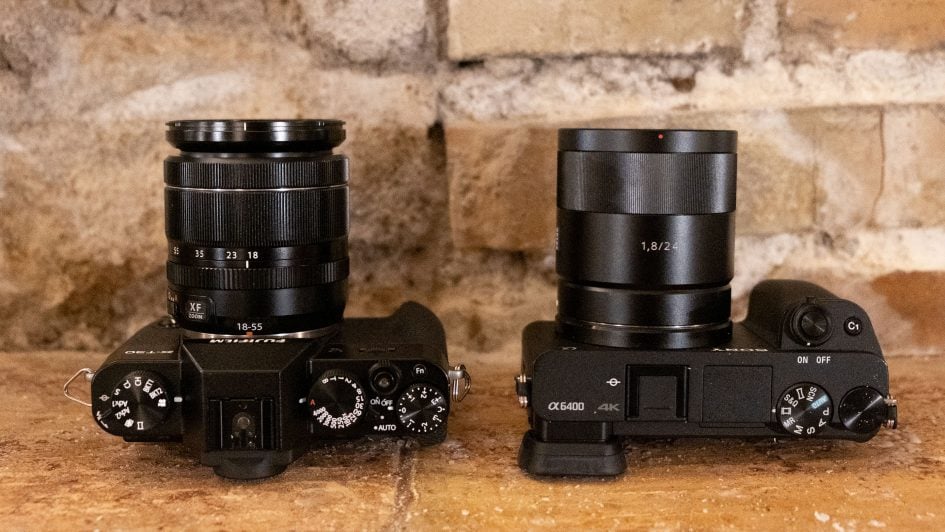
Above: Fujifilm X-T30 on the left and the rival Sony A6400 on the right
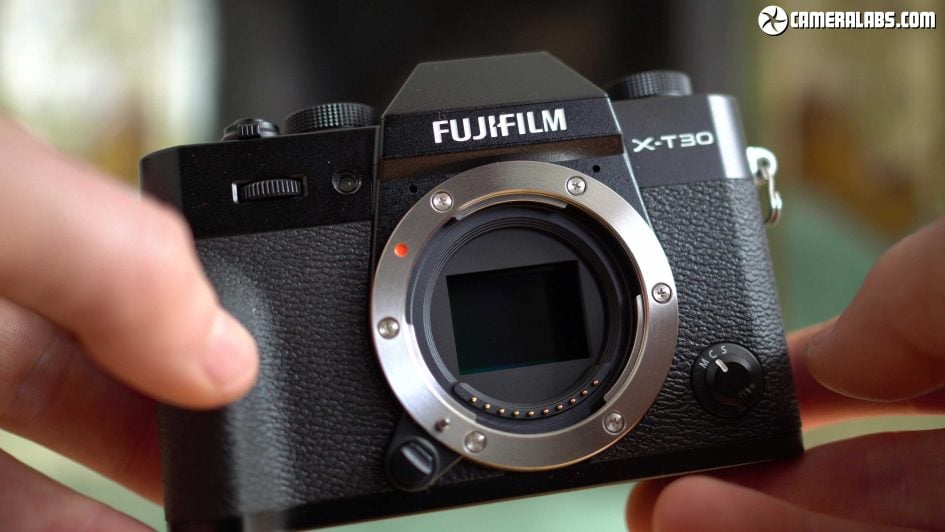
Above: The X-T30 inherits the 26 Megapixel APSC X-Trans IV sensor and image processor which made its debut on the X-T3 – in fact the X-T30 leapfrogs the X-Pro line to become only the second body to feature Fujifilm’s latest sensor. So not only is the photo quality the same as the flagship X-T3, it also means the X-T30 inherits phase-detect autofocus across the entire frame, as well as the latest collection of Film Simulations including Eterna (for natural-looking video) and the neat Monochrome adjustments. What it still doesn’t have though is built-in stabilisation – not surprising given Fujifilm’s history, but still disappointing especially if, like me, you enjoy shooting with prime lenses that lack OIS.
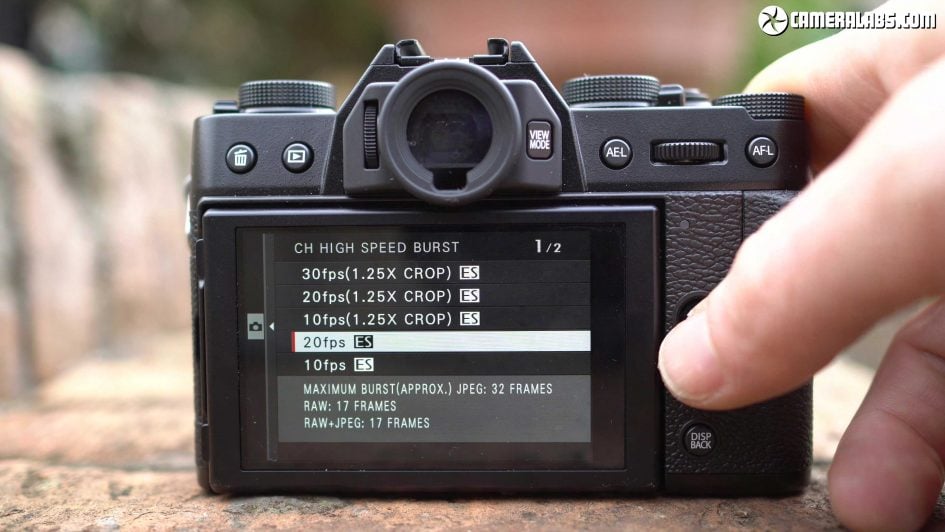
Above: While the top mechanical burst speed of 8fps is slower than the 11 of the X-T3, it’s still quick enough for most action and if you want faster still, the X-T30 inherits all of the X-T3’s electronic shutter bursts up to 20fps with the full frame, or up to 30fps with a 1.25x crop. It also offers the X-T3’s pre-burst capture mode for grabbing moments prior to fully pushing the shutter – great for capturing unpredictable action like birds taking off.
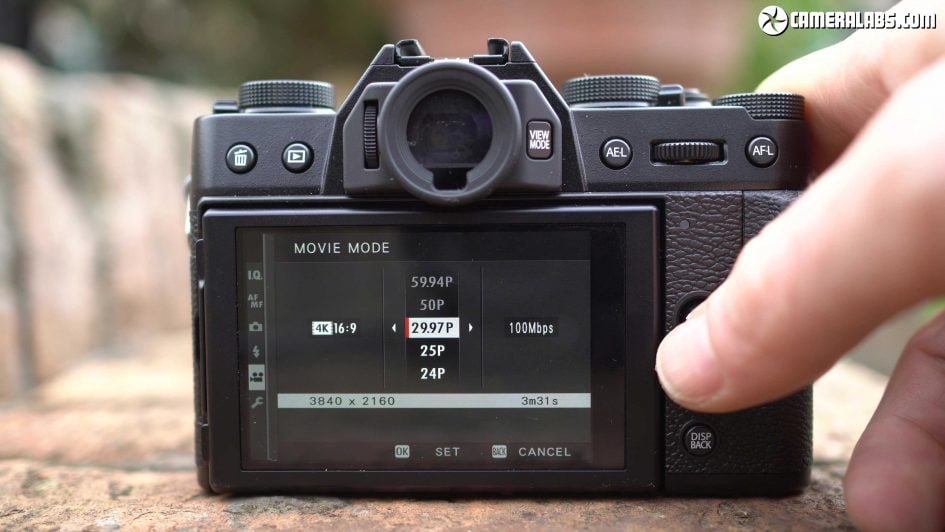
Above: In terms of video, the X-T30 may miss out on 4k at 60p, but still allows uncropped 4k between 24 and 30p, albeit in shorter clips limited to 10 minutes. I’ll show you all of the video features later on, but first let’s have a look around the body.
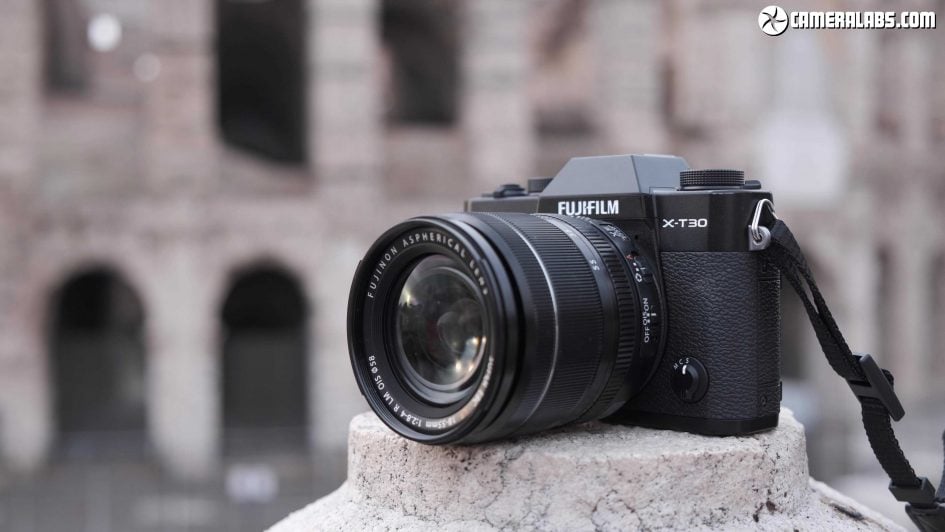
Above: At first glance the X-T30 looks the same as its predecessors, sharing essentially the same compact body and vintage details. The grip has been subtly reshaped and it’s possible to just about wrap all your fingers around the front, but if your little finger is regularly left dangling you can fit the optional hand grip which boosts the height.
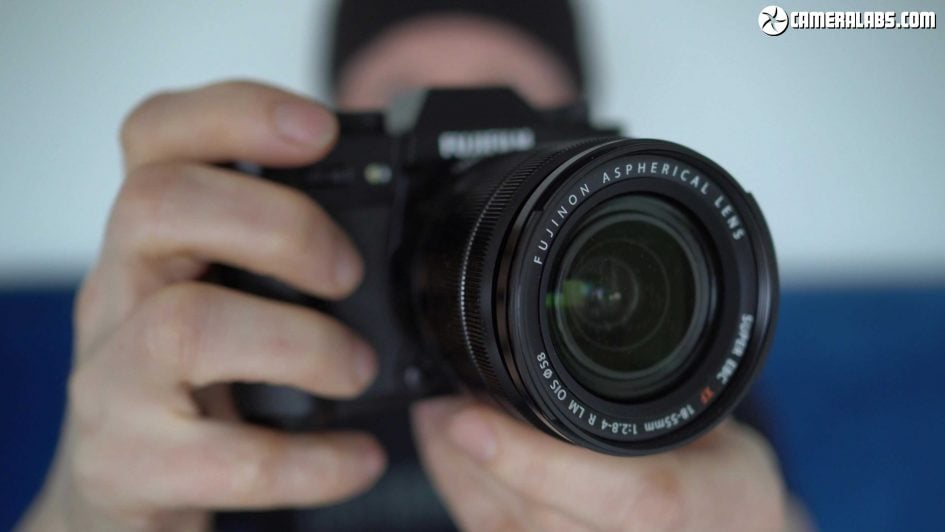
Above: I personally love the look of the camera, but if you have bigger hands or use large lenses, you’ll prefer the chunkier X-T3. The X-T30 also sadly continues to miss out on the weather-sealing you get on the X-T3, although it does have a popup flash that’s absent on the flagship. I should also add the Sony A6400 has weather sealing and a larger grip that feels more secure in my hands, although I ultimately prefer the X-T30’s controls.
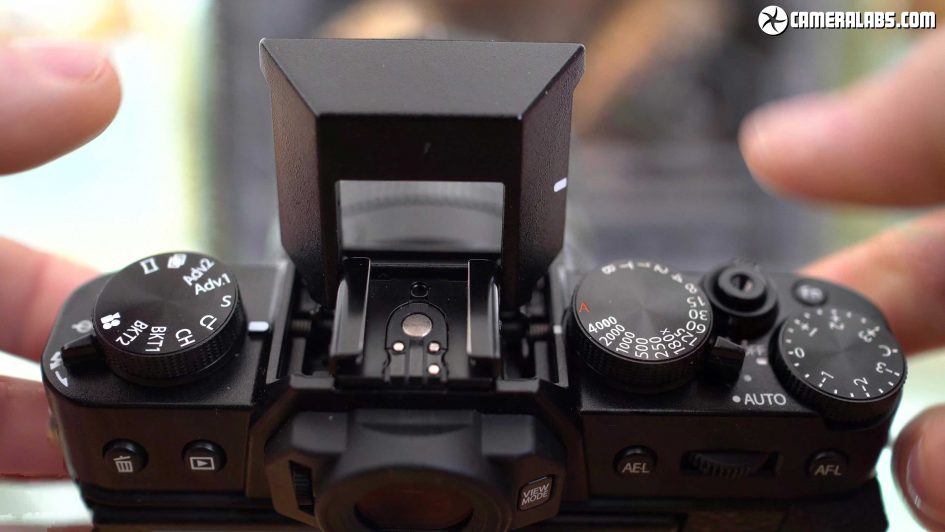
Above: The top surface is unchanged from the X-T20, sporting a wealth of analogue dials. Starting on the left with the drive mode dial with a collar lever for popping-up the built-in flash, then to the right side with the dedicated shutter and exposure compensation dials, auto over-ride switch, threaded shutter release with power collar and a customisable function button. None of the dials are lockable, but I rarely experienced accidental turns.
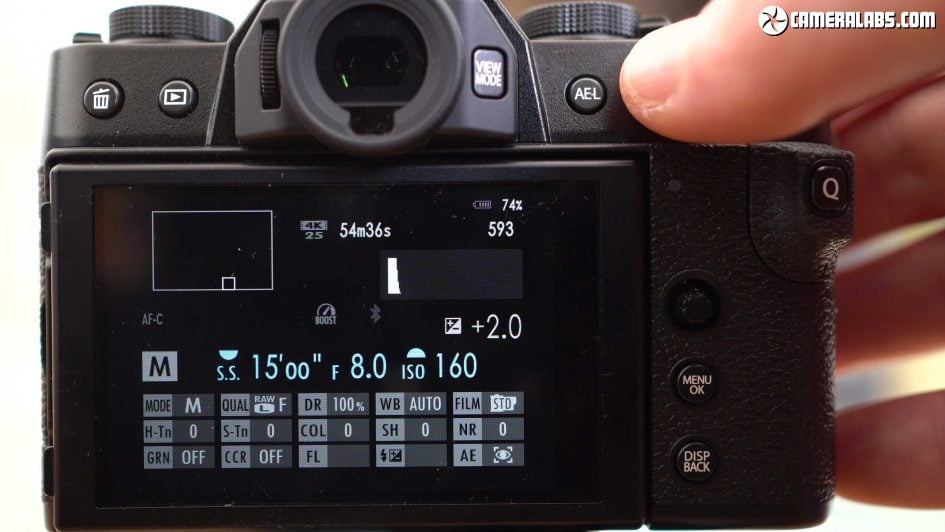
Above: The shutter speed dial lets you directly access exposures 1EV apart from 1/4000 to one second, while the rear dial allows finer increments. You can also set the shutter dial to T and access the full range of speeds from the thumb dial, and like other recent Fujifilm cameras this includes long exposures up to 15 minutes. I love that Fujifilm has ignored the arbitrary 30 second limit and Bulb timer of most cameras, instead just letting you dial the desired exposure directly.
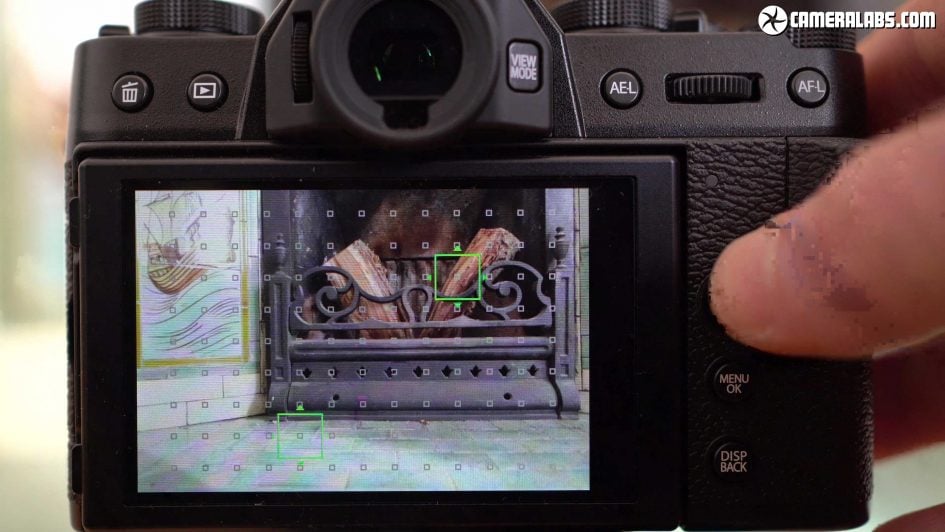
Above: Round the back the most obvious change from the X-T20 is swapping the traditional joypad with a joystick. The function is the same, allowing you to adjust the AF area or navigate menus, but the former now works in eight directions rather than four and is adjustable when composing through the viewfinder. While it’s possible to make the same adjustments using the touchscreen, I liked having the joystick as an alternative, but the smaller body has forced Fujifilm to relocate it lower down to prevent your thumb from uncomfortably resting on it in general use, and this in turn means it’s more of a reach than on the X-T3.
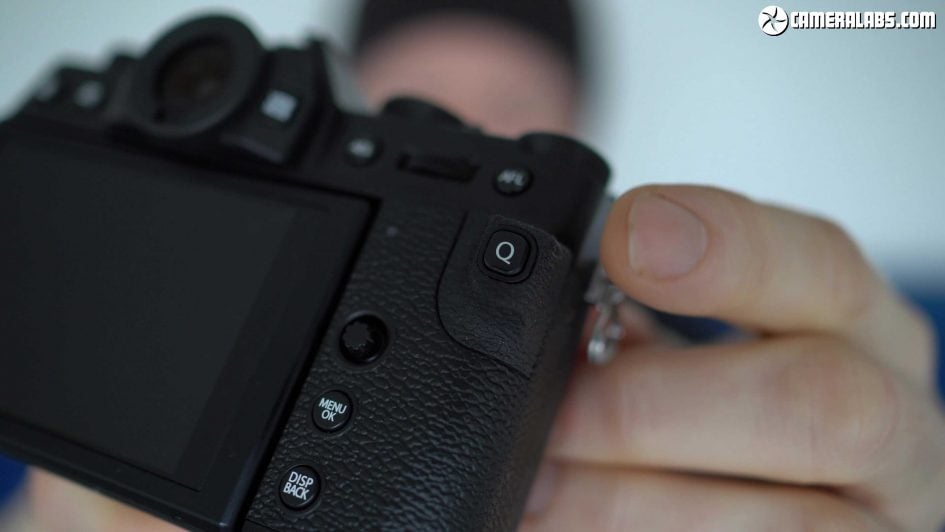
Above: More problematic though is the relocated Q menu button which is now perched on a beefed-up thumb-rest. When testing early samples, I found it almost impossible to pick up the camera without accidentally pushing this button, so the Q menu became a familiar sight. Luckily this is something Fujifilm responded to quickly with a firmware update that now only enters the Q menu with a prolonged push. Be sure to update your X-T30 firmware!
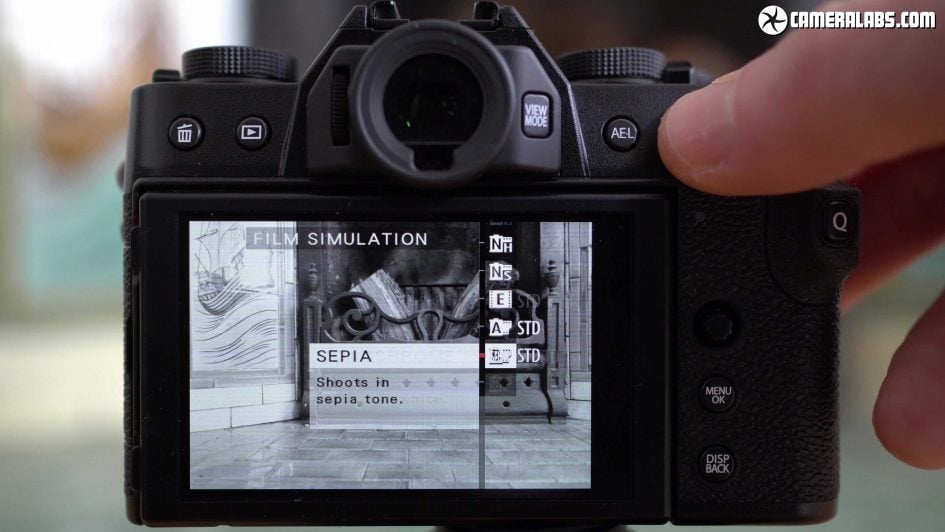
Above: Speaking of prolonged pushes, this is how the X-T30 customises its buttons. Just push and hold the button you want to configure and a second later you’ll see the list of options available. I configured the front dial to adjust the ISO, the top function button to toggle face detection and the rear dial to adjust the film simulation. It’s also possible to customise the screen swipes.
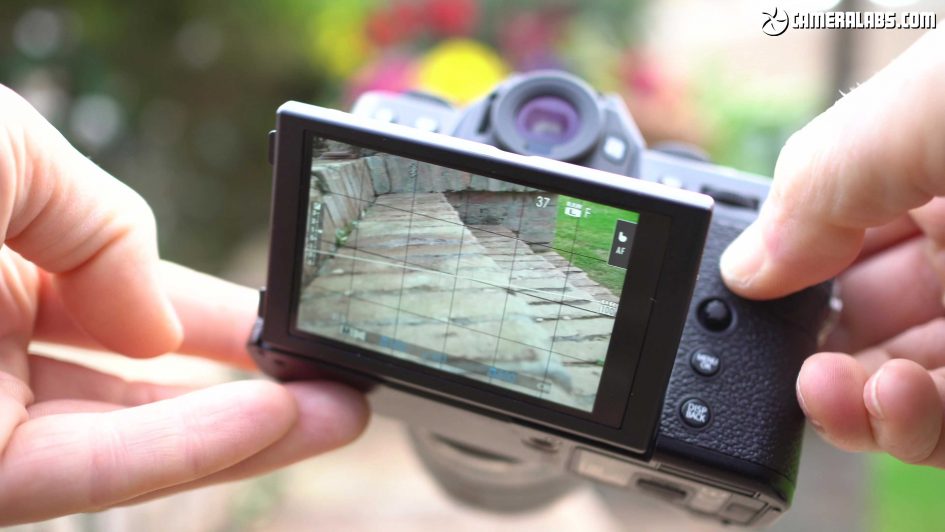
Above: With essentially the same body as its predecessor, it’s not surprising to find the X-T30 sharing the same screen articulation. So as before you can angle up by about 90 degrees or down by about 45, which covers you for high, low or discreet shooting in the landscape orientation, but doesn’t help you if you’re shooting in the tall or portrait shape, and it won’t flip forward to face you for selfies or vlogging.
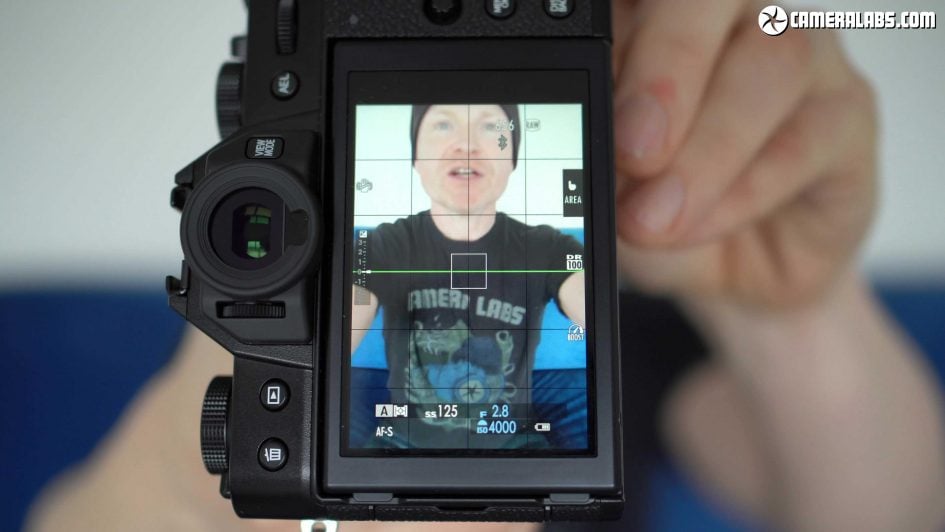
Above: As a vlogger, I wish the X-T30 had a forward-facing screen, and I personally find the A6400 more useful in this respect, but I also realise this is something that only affects a small minority. Before moving on, I’d also like to give a respectful nod to Fujifilm for being considerate enough to rotate the information when you compose in the portrait orientation, both on the screen and in the viewfinder.
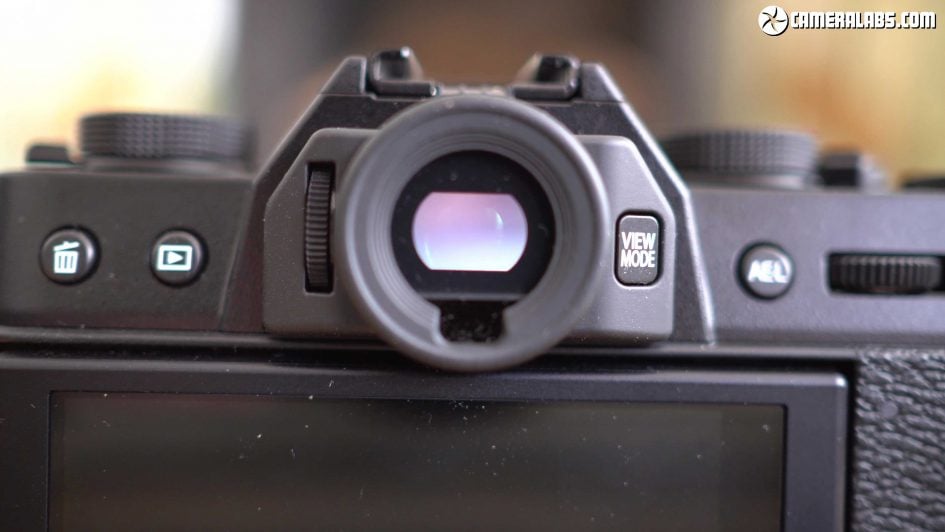
Above: The X-T30 inherits the 2.36 million dot OLED viewfinder of the X-T20 with its 0.62x magnification. The resolution is comparable to rivals at this price, but the magnification a bit smaller. The viewfinder on the Sony A6400 delivers a bigger image with 0.7x magnification, and this is also a differentiator with the higher-end X-T3 who’s viewfinder is larger still at 0.75x and more detailed too with 3.69 million dots.
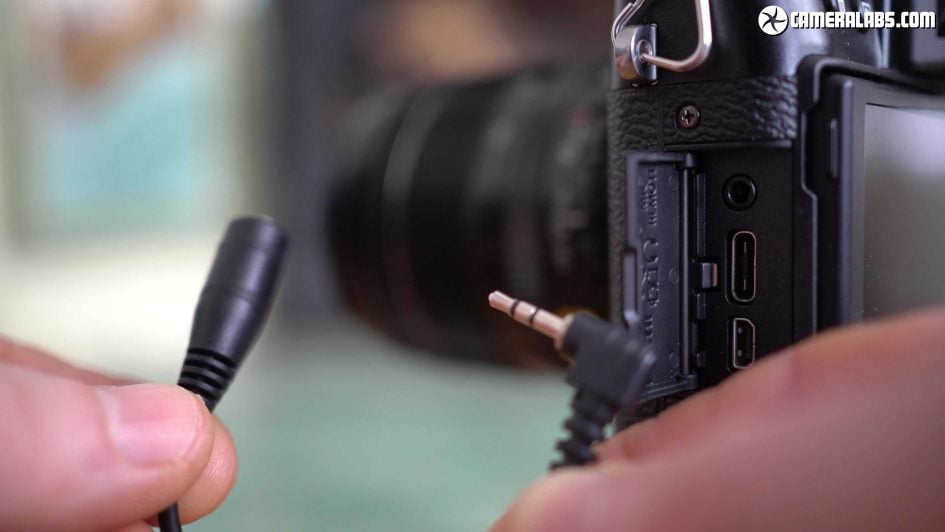
Above: Behind a flap on the left side are three ports: Micro HDMI, USB-C and a 2.5mm jack. The HDMI can output 10 bit 4:2:2 to an external recorder which is unique at this price point and superior to the A6400. The USB C port supports both in-camera charging and power over USB so you could use a powerbank to keep the camera running. Fairly uniquely, the USB C port also works as a headphone output working with adapters designed for phones, giving it an advantage over models like the A6400 which don’t offer headphone connectivity. Meanwhile the 2.5mm jack doubles-up for remote cords and external microphones, although if you are connecting a typical mic with a 3.5mm plug, you’ll need to use an adapter. I know Fujifilm has kept the 2.5mm jack for compatibility with remote cords, but I’d still have preferred a 3.5mm jack in the body, especially as there’s other ways to remote control the body.
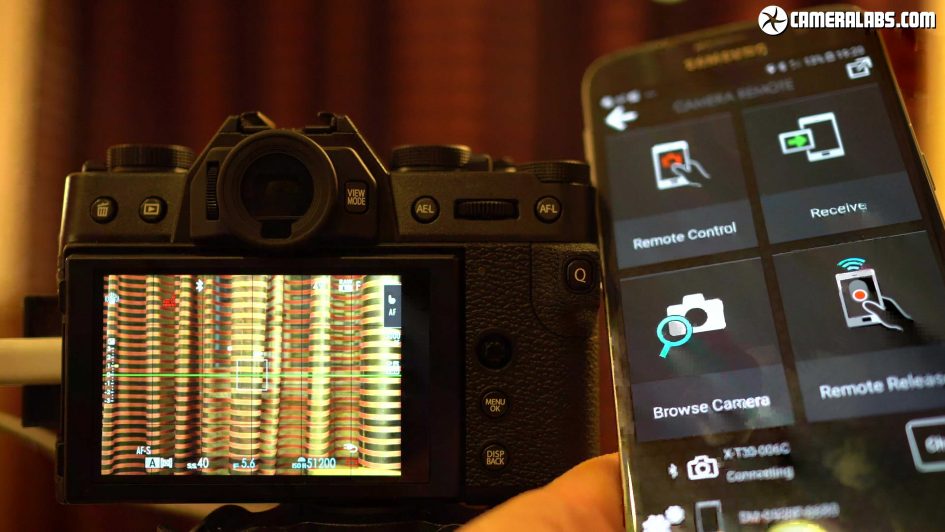
Above: The X-T30 is equipped with Wifi and Bluetooth and the first thing it asks you out-the-box is to pair with your phone. After a ropy start with wireless, Fujifilm’s really nailed it with its latest bodies and app updates with the X-T30 using its Bluetooth to seamlessly embed locations or establish a wifi connection for full remote control or image transfer.
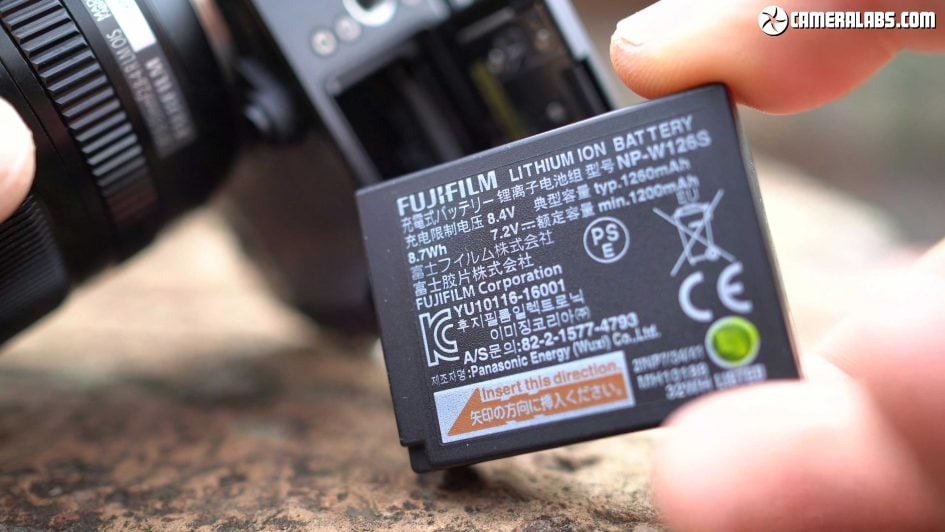
Above: The X-T30 is powered by the NP-W126S battery, a fairly modest 1260mAh pack that’s quoted for around 380 shots or about an hour of 4k. In practice I managed a mix of around 100 shots with Bluetooth tagging, some Wifi transfers and a few minutes of video. I’d recommend carrying a spare or a USB powerbank. For video alone, I managed six consecutive 10 minute 4k clips, confirming the hour quote, at which point the camera had become very warm and was warning of overheating.
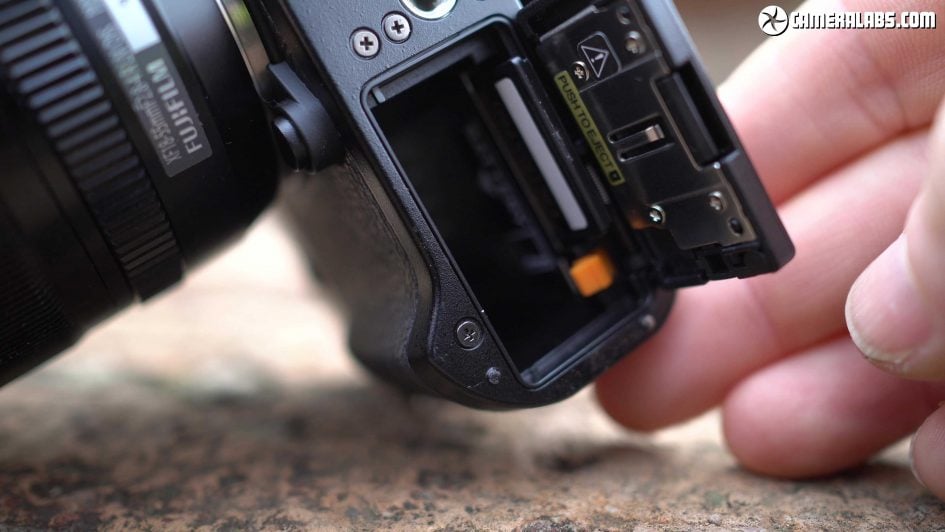
Above: Given the body size, it’s not surprising to find only one card slot, although it’s a little disappointing Fujifilm has stuck with UHS-I speeds.
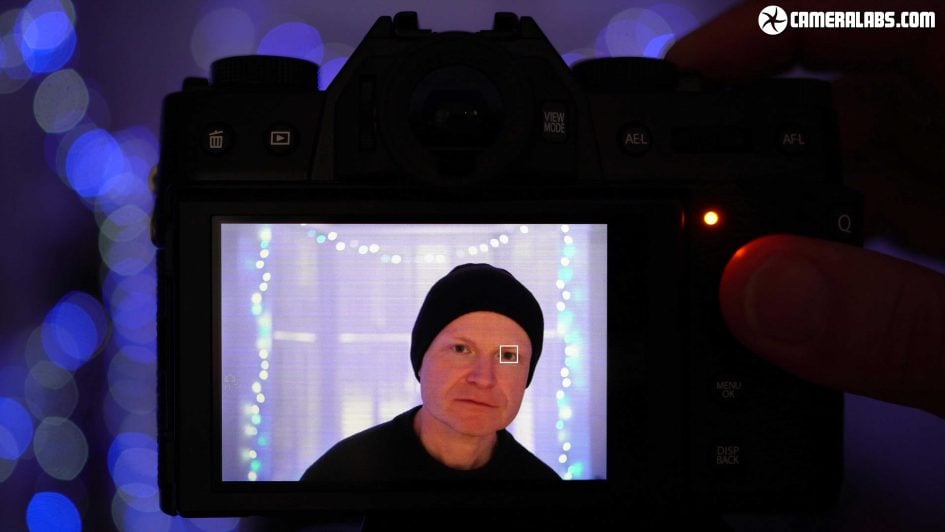
Above: Fujifilm’s revamped its autofocus system and in particular made big improvements to face and eye detection which now work at much longer distances than before. In this test I’d say the Sony A6400 still holds the crown, but the X-T30 is a big improvement over its predecessors and beats many rivals.
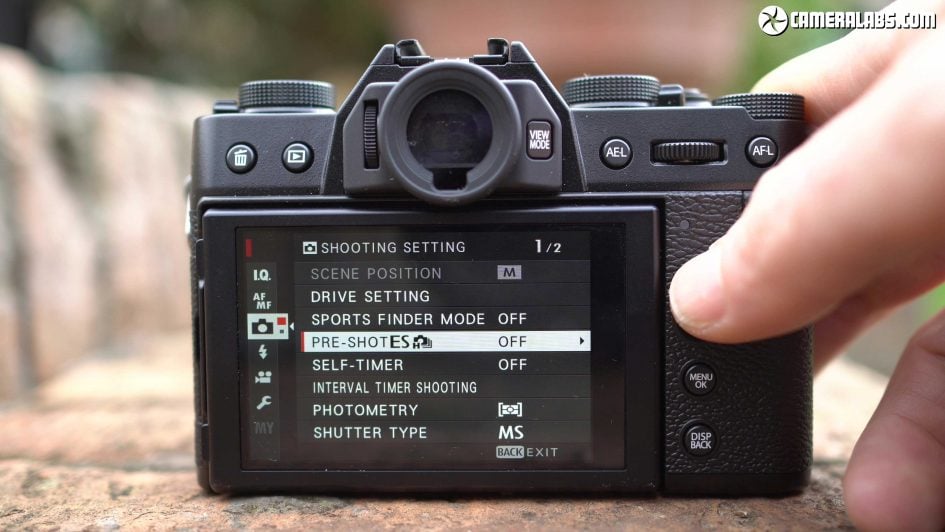
Above: In terms of burst shooting, the X-T30 can fire at 8fps with the mechanical shutter or up to 20fps with the electronic shutter, boostable to 30fps with a crop and all with continuous autofocus. In tests I managed 108 JPEGs in 13.46 seconds before the camera slowed to 5fps, confirming a top speed of 8fps – and the buffer took about 8 seconds to clear. In uncompressed RAW, I managed 17 frames in 2.02 seconds before slowing, for a top speed of 8.4fps; this time the buffer took 12 seconds to clear. In practice though when shooting action, the biggest limitation may be your lens. For the best results, use one with an LM focusing system.
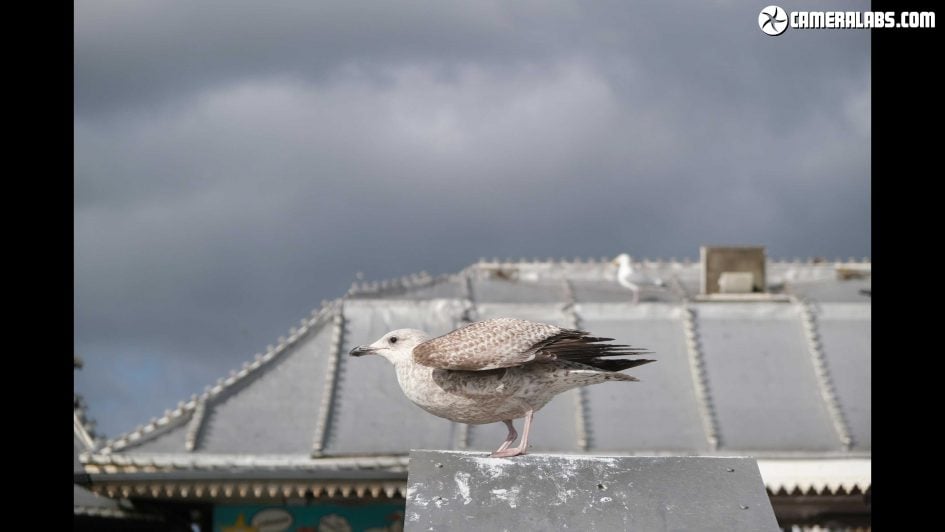
Above: also inherited from the X-T3 is the Pre-burst mode which uses the electronic shutter to keep a rolling buffer as you half-press the shutter, then as you fully depress, a handful of prior frames are recorded.
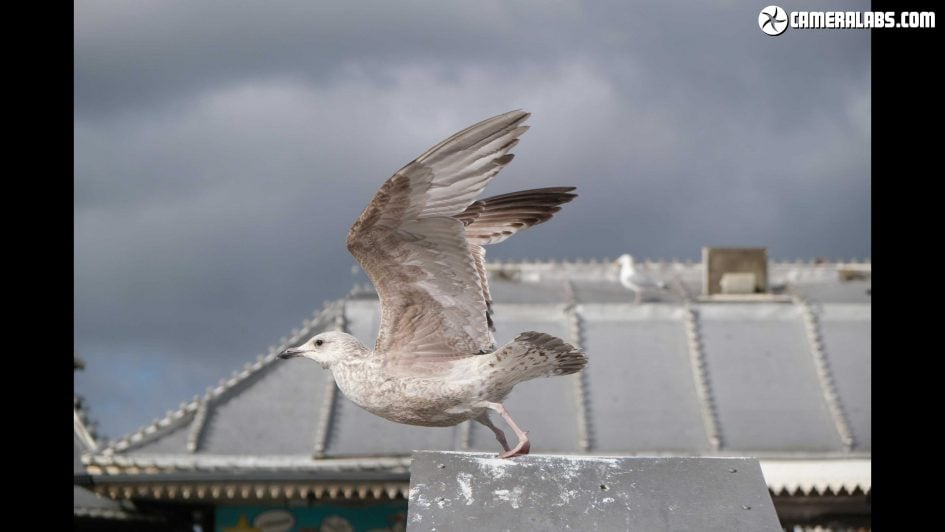
Above: In this sequence I only pushed the shutter as the bird took flight, but the camera also captured the moments immediately before.
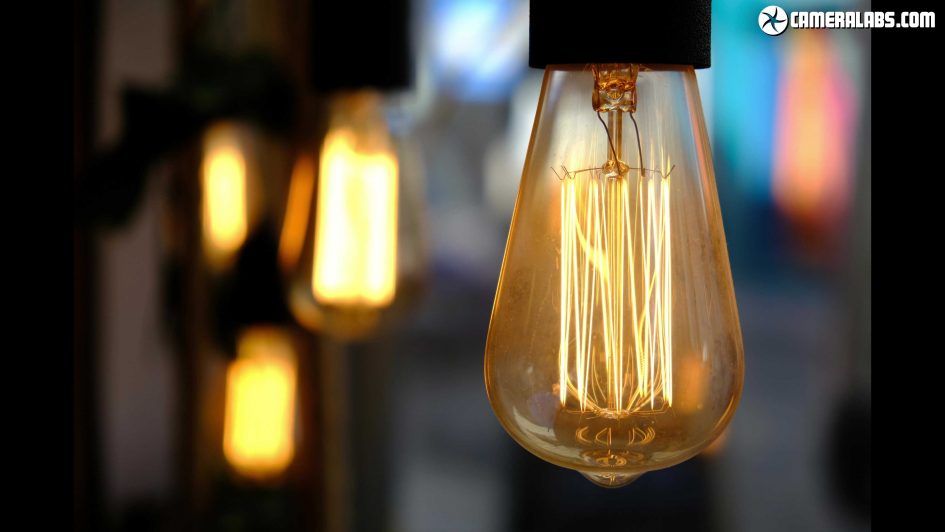
Above: Like all Fujifilm bodies, the processing is applied with a selection of Film Simulations which continue to deliver very pleasing results straight out of camera. I’m particularly fond of Velvia for a saturated punch.

Above: Classic Chrome for vintage classiness.

Above: ACROS for high contrast black and white.
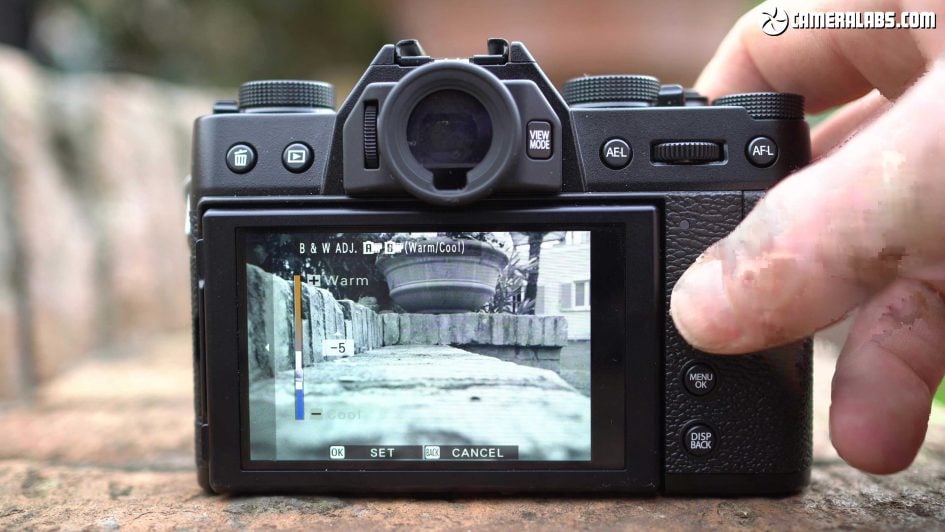
Above: If you’re shooting in black and white, the X-T30 also unlocks the monochrome adjustment menu first seen on the X-T3 which lets you warm or cool the result with a coloured tint. I really enjoyed using a mid-warm setting which produced a classier result than a traditional sepia, although it can only be applied at the time of capture, unlike the main simulations which can be applied or swapped after the event to RAW files in playback.
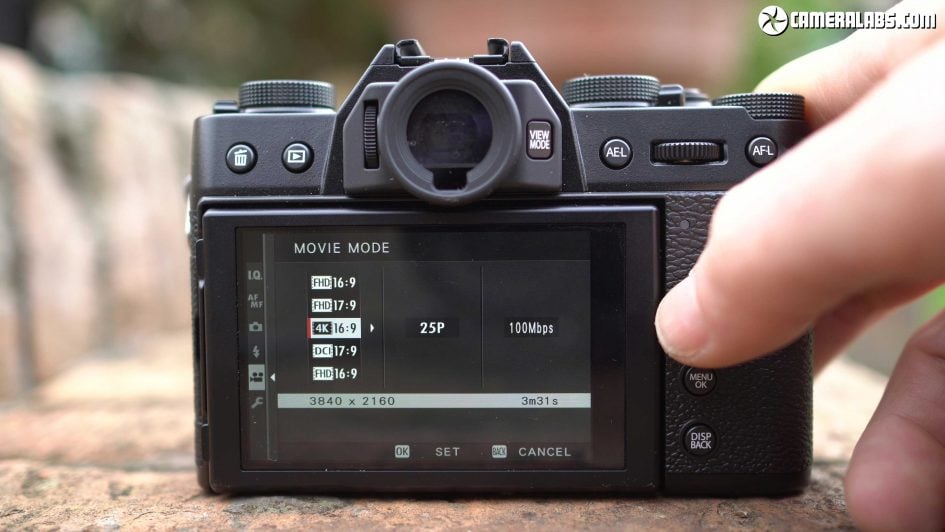
Above: The X-T30 inherits some of the X-T3’s movie capabilities with the ability to film uncropped 4k at 24 to 30p or 1080 at 24 to 60p. It understandably misses out on 4k at 60p, but the biggest restriction is the maximum clip length of just 10 minutes in 4k and 15 minutes in 1080 at a time when the A6400 removes all restrictions and can record 4k for as long as you have power or memory remaining. But don’t rule out the X-T30 for video as it’s actually very good.
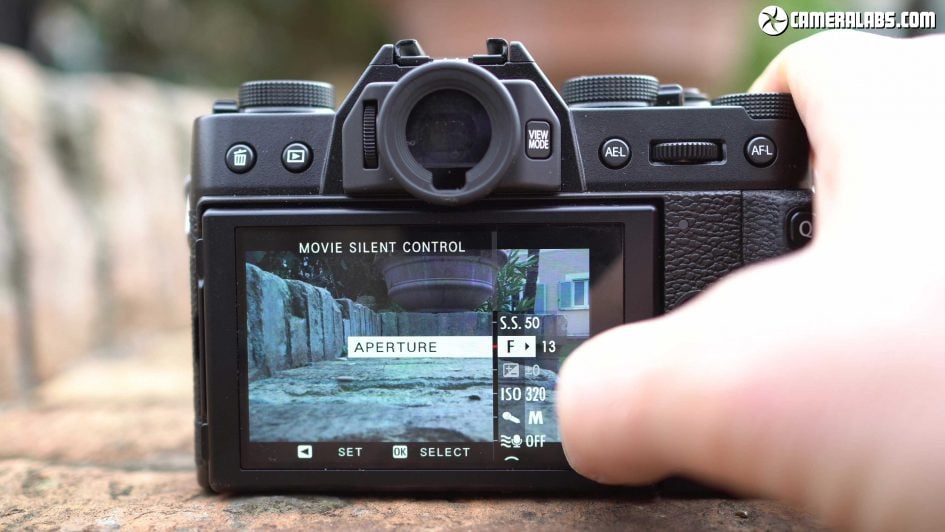
Above: There’s full manual control over exposure and the chance to enable silent movie controls which are operated via the touchscreen. This has the benefit of ignoring the physical dials and effectively allowing you to set separate values for aperture, shutter and ISO for stills and video. I often made use of this, setting the exposure in Manual for movies with a motion-friendly shutter of, say, 1/50, while leaving the stills mode to Aperture Priority with generally much faster shutter speeds.You can also navigate it with the joystick if you prefer.
Above: Download the original file (Registered members of Vimeo only).
Above: Download the original file (Registered members of Vimeo only).
Check prices on the Fujifilm X-T30 II at B&H, Amazon, Adorama, WEX UK or Calumet.de. Alternatively get yourself a copy of my In Camera book, an official Cameralabs T-shirt or mug, or treat me to a coffee! Thanks!
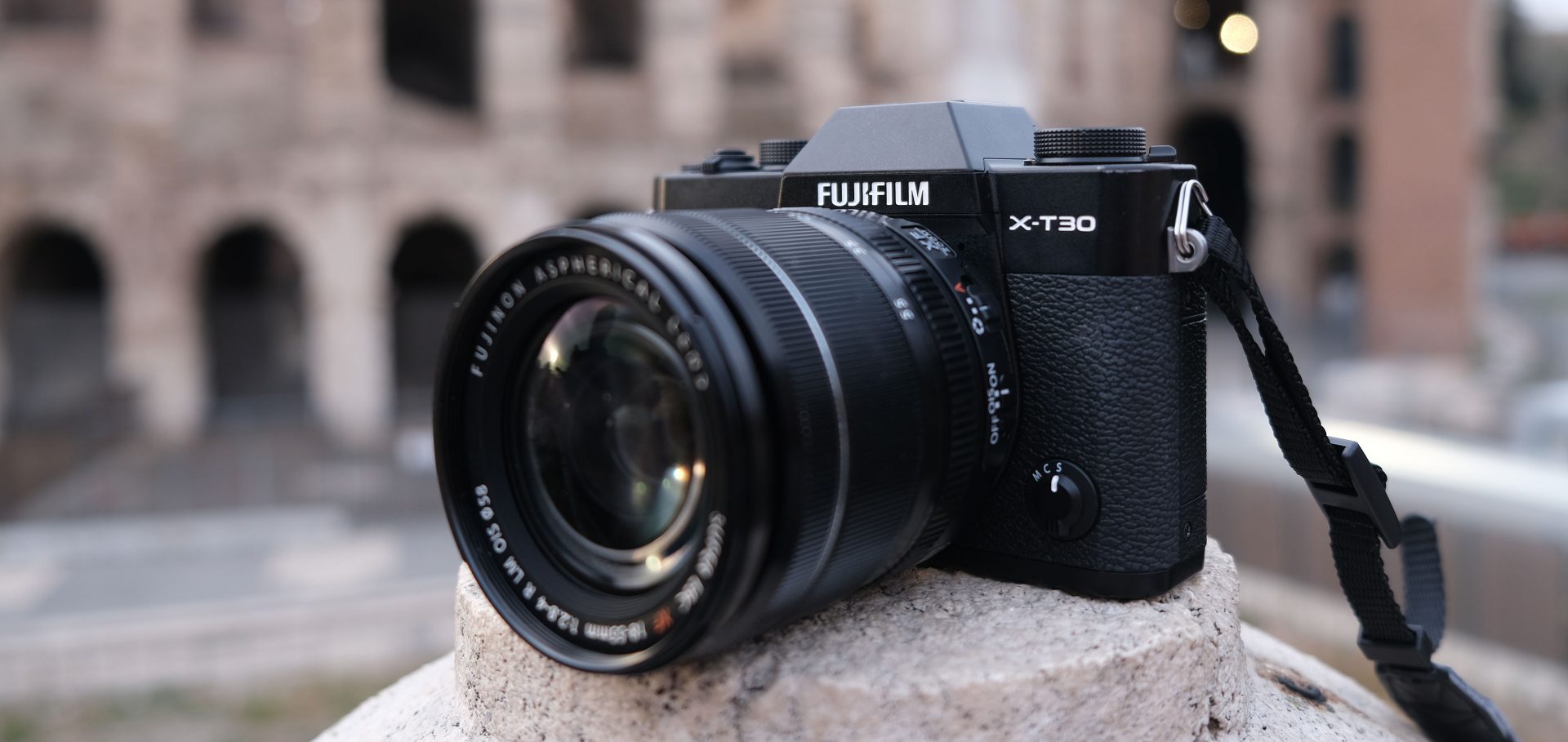
 The Fujifilm X-T30 follows a tried-and-trusted recipe now on its third generation, delivering the same sensor, processing and autofocus of the flagship X-T3 in a smaller, lighter and much more affordable body. As such it becomes the second body to feature Fujifilm’s latest 26 Megapixel / APSC / X-Trans IV sensor with 100% phase-detect autofocus coverage and electronic bursts up to 30fps with optional pre-burst capture too. It may lack the X-T3's weather-proofing, twin card slots, larger and higher resolution viewfinder, 4k up to 60p and screen that angles sideways as well as vertically, but it boasts a popup flash absent from the flagship, and now includes an AF joystick too. Compared to rivals, it lacks built-in stabilisation, 4k movie clips longer than ten minutes, a standard 3.5mm mic input (instead continuing to force you to adapt the 2.5mm jack), and a card slot that can exploit UHS-II card speeds. But as a general-purpose body, the X-T30 remains a great choice, not just against new rivals but also as an upgrade for the earlier X-T20 and even the X-T2. Note the original X-T30 has recently been replaced by the mildly updated Mark II version.
The Fujifilm X-T30 follows a tried-and-trusted recipe now on its third generation, delivering the same sensor, processing and autofocus of the flagship X-T3 in a smaller, lighter and much more affordable body. As such it becomes the second body to feature Fujifilm’s latest 26 Megapixel / APSC / X-Trans IV sensor with 100% phase-detect autofocus coverage and electronic bursts up to 30fps with optional pre-burst capture too. It may lack the X-T3's weather-proofing, twin card slots, larger and higher resolution viewfinder, 4k up to 60p and screen that angles sideways as well as vertically, but it boasts a popup flash absent from the flagship, and now includes an AF joystick too. Compared to rivals, it lacks built-in stabilisation, 4k movie clips longer than ten minutes, a standard 3.5mm mic input (instead continuing to force you to adapt the 2.5mm jack), and a card slot that can exploit UHS-II card speeds. But as a general-purpose body, the X-T30 remains a great choice, not just against new rivals but also as an upgrade for the earlier X-T20 and even the X-T2. Note the original X-T30 has recently been replaced by the mildly updated Mark II version.



